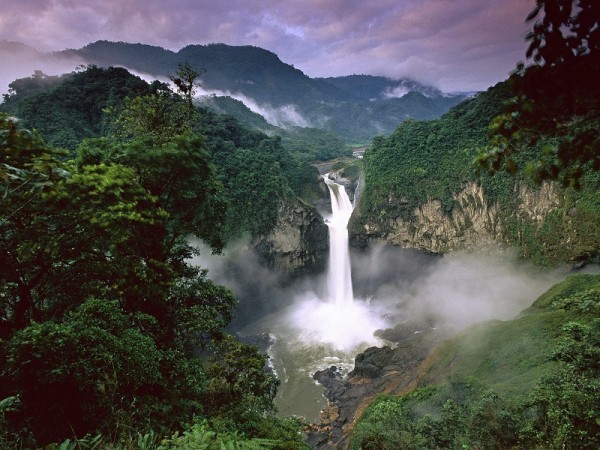The Amazon forest in South America is considered to be one of the world's most diverse ecosystems, hosting more tree species that any other region on the planet. However, more than half are at risk of extinction not only due to deforestation but also to farms and ranches, according to scientists.
Researchers believe that if these trends continue, some 36 to 57 percent of the estimated 15,000 tree species in the Amazon will be classified as threatened for extinction, according to the International Union for Conservation of Nature. This new study spans 2.1 million square miles of the forest, covering Brazil, Bolivia, Peru, Colombia, Ecuador, Venezuela, Guyana, Suriname and French Guiana.
Researchers examined and investigated forest surveys and data based from old and new projected deforestation areas. According to conservation ecologist Nigel Pitman from the Field Museum, Chicago, these possible tree species that are under threat are used by Amazonian locals every day where other species are just as important to economies by the Amazon.
These endangered tree species yield economically crucial food crops such as heart of palm, Brazil nut, açaí fruit and timber as well, adding to more than 700 species that are greatly depended upon by residents of the Amazon for medicine, fruits, thatch, latex and essential oils.
Pitman regards these trees as important for the Amazonian ecosystems as they also control erosion and moderate climate. According to Hans ter Steege from the Naturalis Biodiversity Centre in the Netherlands, for several decades now, scientists have been warning about Amazonian deforestation and its repercussions, as projections indicated that this forest loss will still continue. However, there is still good news, since over the last decade, the rate of this forest loss in the Amazon has also been dropping dramatically, he says.
To date, there is still no exact estimate how many tree species will be threatened by extinction since the Amazon forests has been dwindling since the 1950s as people cut trees and burn these areas for farms and ranches and industrial development.
Pitman adds that there are numerous threats however, it is also important to remember that more than 85 percent of the rainforests in the greater Amazon are still intact. Thanks to Amazon parks and reserves, including indigenous territories, if these will all be managed wisely, these can most likely protect most species that will be threatened.
This new study is published in the journal Science Advances.


